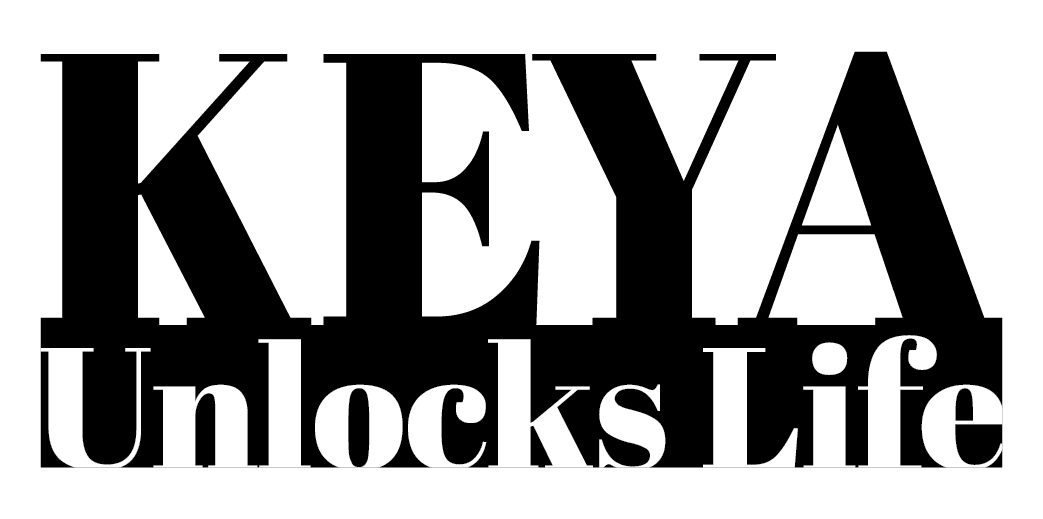In April of 2020, I found myself standing in line outside of Target 20 minutes before the store opened. I was accompanied by a dozen other people waiting patiently. No, this was not the release day of a brand of new video gaming system. This was the beginning of the lockdowns and we all had only one thing on our minds. The store manager came outside to greet us, “we will be opening the doors soon. Please, no running. Yes, we did receive several packs of toilet paper this morning.” It wasn’t the brand I normally buy but I bought the largest pack they had. Score! Just 2 months earlier, toilet paper had been this item we literally used to wiped our butts then promptly flushed. There was always an entire aisle of toilet paper in every big box retailer. But early in the 2020, with so much fear and uncertainly looming, this one item became the hottest commodity in every town. Even my neighbor was kind of enough to offer up the commercial toilet paper he had from his business that was closed at the time. Yes, I’m talking about those gigantic rolls of super ultra-thin, no softness-necessary toilet paper that all businesses keep in stock. Several of my neighbors took him up on the offer. It seemed like overnight something that had little value became the most valuable and coveted item. But as I write this now, we’re back to the pre-pandemic abundance of toilet paper. No one thinks twice about toilet paper. It is back to being the item that we add to the weekly shopping list or pick-up order and we no longer fear lack of toilet paper. This is prime example of what happens when a resource becomes scarce.
As a child, because of poverty and lack of transportation, there were times when food was scarce. I remember having to go to food pantries for food. Some of the food wasn’t bad. Some of it was actually very good. However, most of it was food that I would never choose to eat. My mother would try very hard to make it appetizing, but there is not much you can do with a large aluminum can that reads “BEEF.” No brand or description, just the word “BEEF.” It looked and tasted just how one might imagine. As an adult, I have a well-paying job and access to a vehicle. I had plenty of options for food. There are plenty of grocery stores, big-box stores, food delivery services, restaurants and many other options. My access to food is unlimited.
So why did I spend most of my adult life limiting food? When I look back, I spent almost 20 years yo-yo dieting. I was either “being good” and eating perfectly which meant depriving myself of all the foods I loved in search of that perfect body that would magically make my life perfect. The rest of time I ate an abundance of food, all of my favorite foods all the time, because this would be the last meal of freedom, so I will eat it all now to get the cravings out before I really buckle down tomorrow. I now know this phenomenon is known as Last Supper eating. My dieting was so strict when I was being good, that I had unknowingly created artificial food scarcity. The food wasn’t actually scarce like when I was a child and didn’t have access. I had mentally created this scarcity. I labeled all of my favorite foods as forbidden so the value of the those off-limit foods increased. I kept thinking if only could make my willpower stronger or resist them even harder, then my perfect diet would work. I was trying to fix my self-imposed food scarcity by decreasing my demand for the food. I tried getting rid of all the tempting foods in my house, avoiding restaurants and events with food. None of that worked for me. The mental food scarcity had been so strong that even one unperfect food choice would send me down a binge-eating spiral. This binge-eating spiral could be easily triggered by food that wasn’t even very appealing like slightly stale Oreos. Yep, just like some people willingly accepted super ultra-thin commercial toilet paper, my artificial food scarcity had me eating stale Oreos.
What I finally realized is instead of decreasing my demand, my cravings for those food, I could give myself permission to eat whatever I want, whenever I wanted. I released the artificial scarcity and therefore allowed myself to live in food abundance. This was scary at first. I had spent so much time trying to restrict that it was not easy to let go. I read Intuitive Eating by Tribole and Risch. I worked with an intuitive eating registered dietitian. It still took me a couple of years to allow this new way of thinking to set in. But when I did, the thoughts of labeling all foods either good or bad disappeared. My cravings for the bad foods decreased tremendously. The value I had created for the once labeled bad food or the unhealthy food, diminished.
Today, I eat what I now call fun foods every day. I define fun foods as foods that I love but do not have a high nutritional value. These are food that I eat just for fun. I keep my pantry stocked with fun foods. I have noticed with this radical permission to eat, I am no longer triggered by having these foods around. I don’t binge or overeat them. In fact, most of time I don’t remember they are there. I have to pay close attention to the expiration dates of the fun foods I buy because my cravings are so infrequent that they may expire before I get around to enjoying them. Just like the toilet paper, they are back to being a normal every day item with no increased value. I now have food freedom.
